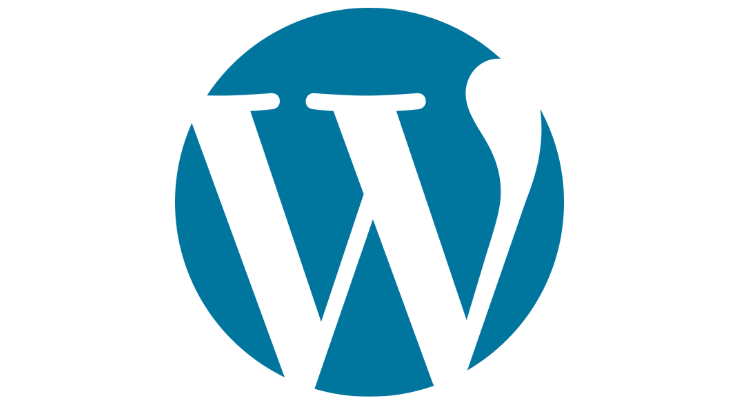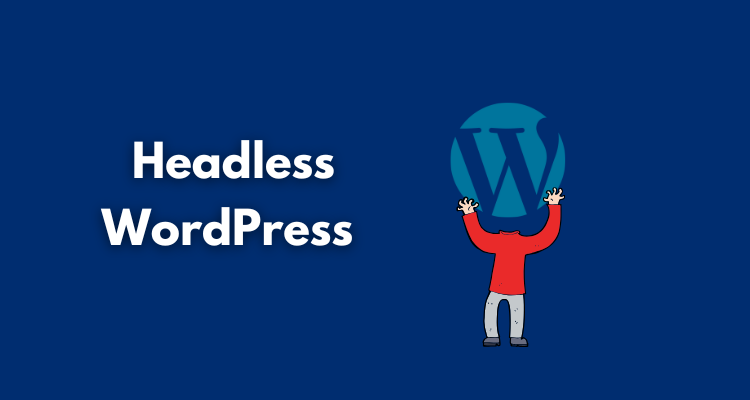Why Aussies Prefer Headless WordPress in 2025
Australian developers and content teams are moving away from the traditional, monolithic WordPress build because, frankly, it’s just not cutting it for performance anymore.
Legacy themes and plugins? They’re notorious for bloat. And in a market where load times and scalability aren’t just “nice to have” but critical, that’s a problem.
Seasoned WordPress development services are essential when it comes to utilising headless WordPress properly. They’re bridging the gap—integrating advanced front-end frameworks for faster load times and customised user experiences, all while keeping WordPress’s familiar content management workflow intact.
What’s actually fuelling this transition? It’s all about performance, scalability, and efficiency. Businesses want sites that aren’t just pretty, but also quick to load and powerful enough to handle growth—without the usual headaches. That’s the core motivation here.
Let’s get right to the point without any hype or technical jargon. The whole truth.
Table of Contents
ToggleThe Issue With Conventional WordPress

With good reason, WordPress is the most widely used platform for websites around the world. With thousands of plugins and support for millions of websites available, it’s simple to use. But the needs of its users also change as the web does, right?
Audiences today demand lightning-fast load times, nice-looking user interfaces, and sites that respond better. WordPress gets the job done fast, no question about that. But when you start dealing with complex layouts, heavy user loads, or a bunch of custom plugins, its limitations start to show.
And what happens? You end up with sluggish load times, annoying crashes, and a clunky user experience that nobody enjoys.
Switching to headless WordPress, especially with the support of expert website development services, can solve many of those headaches and deliver a faster, more flexible experience
What Does Headless WordPress Even Mean?
“Headless WordPress!” Doesn’t that sound dramatic? Your site isn’t actually losing its head, so don’t worry.
To put it simply, a “headless” setup divides the back (where your content resides, such as posts, pages, and media) from the front (what people see, the layout, design, and yes, the interaction). Conventional WordPress takes care of both.
However, in a headless setup, WordPress still manages your content, but a different front-end system controls how it looks on the screen.
Consider it this way: WordPress is still your kitchen, where you prepare all of your content. But you’re serving it in a contemporary dining area that is tailored to your preferences.
Why Are Australian Creators Making the Move?
Let us now discuss what is truly causing the shift in Australia:
Performance and Quickness
Australia is a large country, and load times may be impacted by distance. Things become even trickier if your website must retrieve content from distant servers. Headless WordPress can boost speed a lot by delivering only what is required on time when combined with front-end tools like React or static site generators.
And the outcome? Lower bounce rates, happier users, and faster websites. That’s a huge win for creators who rely on engagement and traffic.
Improved User Experience
Present-day front-end frameworks get rid of the lag that traditional WordPress themes often face. This lets developers create fluid, app-like interfaces, with seamless transitions, real-time updates, or unique animations.
This is vital for usability and appearance. How users engage with your site impacts their stay duration and whether they return, regardless of whether you operate a blog, podcast, video, or online store.
Greater Design Control
Conventional WordPress themes may feel limiting sometimes. If you’re looking for a genuinely distinctive style, they may fall short. But you can easily avoid a theme’s restrictions when using headless setups. You can create your front-end from the ground up in the exact way you want without compromising the WordPress content workflow you are used to.
For designers, developers, photographers, and anyone else with a strong brand identity, that is vital.
Better Security Through Separation
When you decouple the front-end from the back-end in a headless WordPress architecture, you’re essentially reducing your attack surface. The public-facing site doesn’t expose your WordPress admin endpoint, so malicious actors can’t just target the same place your users go. This separation adds a strong layer of defence, especially for high-traffic or sensitive websites like membership platforms or media portals.
For anyone handling private customer information or restricting content access, this structural separation isn’t just a nice-to-have—it’s a strategic layer of protection. Honestly, it is one of the main motivators for adopting headless in the first place.
Stronger SEO Capabilities
Standard WordPress handles basic SEO decently, but headless architecture seriously levels up what you can do. The right setup helps achieve better Core Web Vitals scores, structured data integration, and custom control over metadata, schema, and crawlability.
That said, this isn’t a “flip the switch and win” scenario. Planning is crucial—server-side rendering and pre-rendering aren’t optional if you want good results. With a competent WordPress dev team, though, your headless setup doesn’t just move fast—it’s built to satisfy even the pickiest search engines.
Enhancing Your Website for the Future
Websites need to evolve, plain and simple. A headless setup? That’s pretty much the ticket for flexibility. You can overhaul the front-end whenever you want, push updates out to your mobile app, a kiosk in the lobby, you name it—all without messing with the back-end where your content lives. Basically, it’s like swapping out the interface layer while keeping your data structure untouched. Super-efficient, right?
It is a wise investment to stay current, not just a fad.
Actual Use Cases in Australia
In Australia, headless WordPress is becoming popular in a number of creative fields:
- Independent media sources seeking to deliver news more quickly
- Platforms for online education that offer interactive teaching resources
- Musicians and artists wanting to create portfolio websites with unique designs
- Startups that must be scalable and quick from the start
The goal is to solve practical problems in the real world, not just to have a “cool” tech stack.
Is the Process of Going Headless Overly Complicated?
Going headless may seem scary at first (especially…if you’re not a developer). But that’s what reliable WordPress development teams are for.
They can deal with the technical side and guarantee website security. Plus, they can improve your site speed and design the kind of experience you may be looking for. So, you enjoy the perks without any need to know every bit of code.
You continue to use the familiar WordPress dashboard after it has been configured. You schedule content, write posts, and upload images as usual.
The difference is in what happens next: your content is routed through a more intelligent, quicker front-end that is customised specifically to meet your requirements.
So, Is Going Headless Necessary?
Not all websites need to go headless. Traditional WordPress still works well for small business websites, portfolios, and simple blogs.
However, a headless approach might be worth considering if you are:
- Handling sluggish load times
- Looking for a more personalised or dynamic website
- Considering expanding your audience greatly
- Doing cross-platform development (web, mobile, etc.)
Conclusion
Australian creators aren’t just picking headless WordPress for the hype—it’s about tangible advantages. These are faster load times, increased site flexibility, and way more control over content and presentation. With a skilled WordPress developer on board, migrating to a headless architecture isn’t nearly as complex as it sounds.
Whether you’re working solo or managing a dev team, headless WordPress lets you deploy fast, scalable, and powerful websites that actually stand out in the crowd. Ready to level up? Connect with a reliable development partner and make the shift!









